Formed January 12, 1888 Maximum snowfall or ice accretion 6 inches (15 cm) Areas affected Mid-Western US | Dissipated January 13, 1888 Casualties 235 fatalities | |
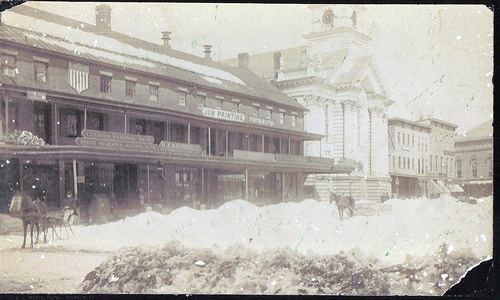 | ||
Type Extratropical cycloneBlizzardWinter storm Similar Great blizzard of 1888, Great Storm of 1975, Groundhog Day gale of 1976, December 2014 North American, Mid‑December 2007 North American | ||
Weather history schoolhouse blizzard 1888
This article is about the Blizzard in the Great Plains of the United States. For the blizzard during the same year in the Eastern United States and Canada, see Great Blizzard of 1888.
Contents
- Weather history schoolhouse blizzard 1888
- The Blizzard of 1888
- The stories
- Affected states and territories
- References
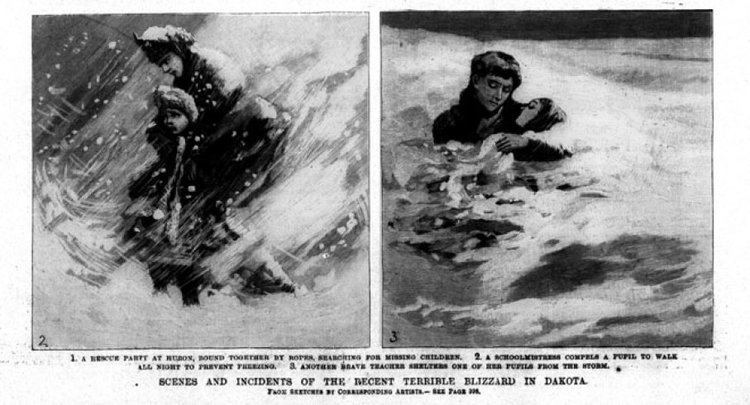
The Schoolhouse Blizzard, also known as the Schoolchildren's Blizzard, School Children's Blizzard, or Children's Blizzard, hit the U.S. plains states on January 12, 1888. The blizzard came unexpectedly on a relatively warm day, and many people were caught unaware, including children in one-room schoolhouses.
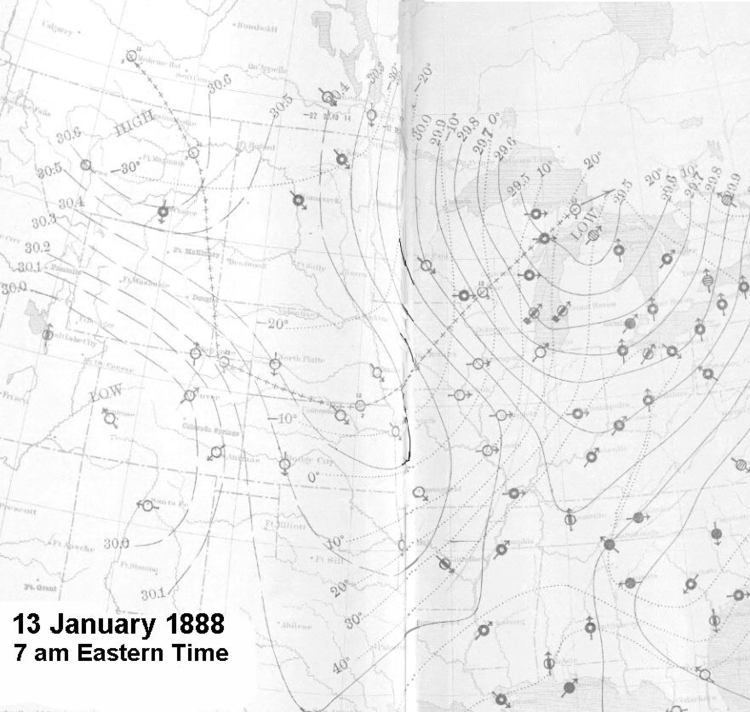
The Blizzard of 1888
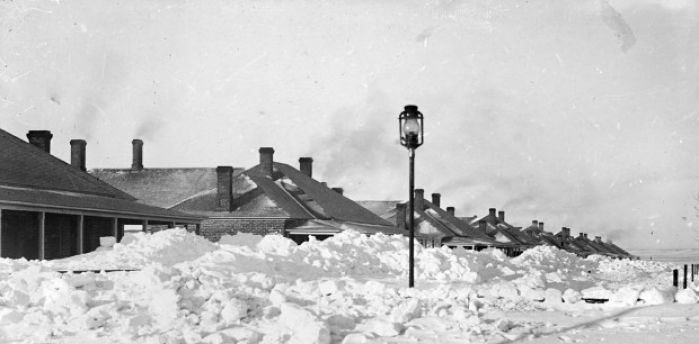
The blizzard was preceded by a snowstorm on January 5 and 6, which dropped powdery snow on the northern and central plains, and was followed by an outbreak of brutally cold temperatures from January 7 to 11.
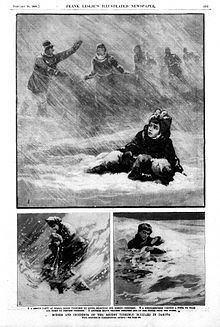
The weather prediction for the day was issued by the Weather Bureau, which at the time was managed by Adolphus Greely; it said: "A cold wave is indicated for Dakota and Nebraska tonight and tomorrow; the snow will drift heavily today and tomorrow in Dakota, Nebraska, Minnesota and Wisconsin."
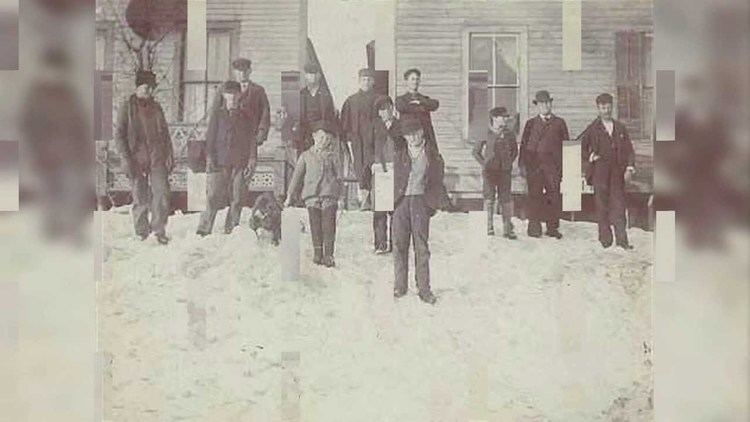
On January 11, a strengthening surface low dropped south-southeastward out of Alberta, Canada into central Montana and then into northeastern Colorado by the morning of January 12. The temperatures in advance of the low increased some 20–40 degrees in the central plains (for example, Omaha, Nebraska recorded a temperature of −6 °F (−21 °C) at 7 a.m. on January 11, while the temperature had increased to 28 °F (−2 °C) by 7 a.m. on January 12). The strong surface low rapidly moved into southeastern Nebraska by 3 p.m. on January 12 and finally into southwestern Wisconsin by 11 p.m. that same day.
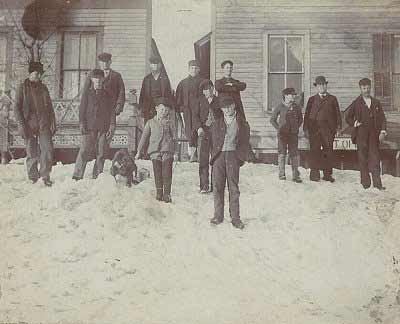
The blizzard was precipitated by the collision of an immense Arctic cold front with warm moisture-laden air from the Gulf of Mexico. Within a few hours, the advancing cold front caused a temperature drop from a few degrees above freezing to −20 degrees Fahrenheit/-29 degrees Celsius (−40 °F/−40 °C in some places). This wave of cold was accompanied by high winds and heavy snow. The fast-moving storm first struck Montana in the early hours of January 12, swept through Dakota Territory from midmorning to early afternoon, and reached Lincoln, Nebraska at 3 p.m.
What made the storm so deadly was the timing (during work and school hours), the suddenness, and the brief spell of warmer weather that preceded it. In addition, the very strong wind fields behind the cold front and the powdery nature of the snow reduced visibilities on the open plains to zero. People ventured from the safety of their homes to do chores, go to town, attend school, or simply enjoy the relative warmth of the day. As a result, thousands of people—including many schoolchildren—got caught in the blizzard. The death toll was 235. Teachers generally kept children in their schoolrooms. Exceptions nearly always resulted in disaster.
Travel was severely impeded in the days following.
Two months later, another severe blizzard hit the East Coast states: This blizzard was known as the Great Blizzard of 1888.
The stories
Affected states and territories
Many of these states were just United States territories at the time:
